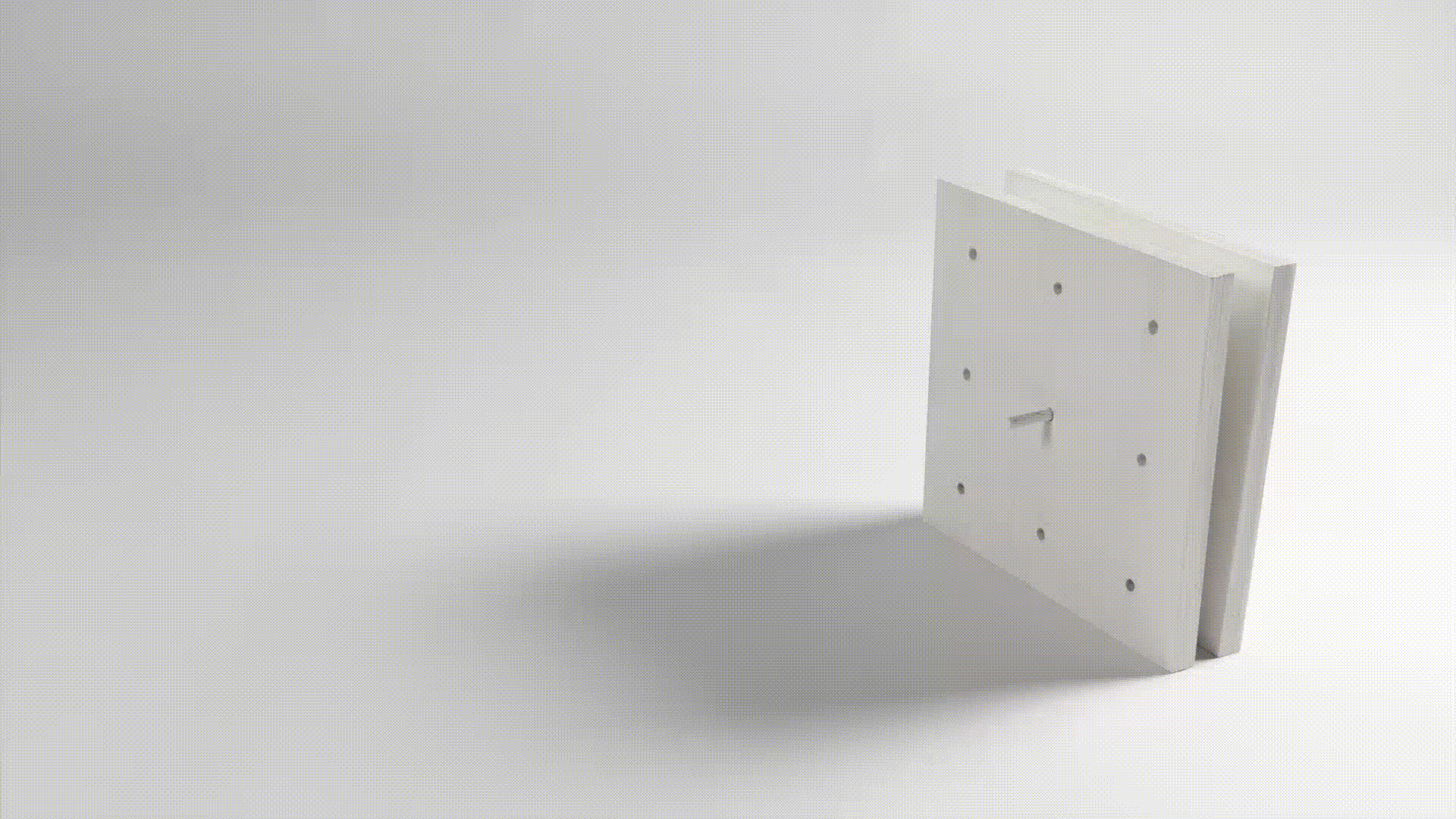
Thesis
How can design reduce anesthesia and sedation?
Overview
Thesis, Personal Project
Tools
InDesign, Photoshop, Procreate
Date
2020
Challenge
For many patients, hospitalisation can be a traumatic experience and can provoke feelings of anxiety and stress. This is especially true for children undergoing radiotherapy. During radiotherapy, these children are exposed to an environment that is unfamiliar to them and characterized by a high technological complexity.
Since radiotherapy treatments require isolation of the patient, children cannot rely on immediate support from their parents or guardians in this environment. This can greatly amplify feelings of stress and anxiety.
How can we ameliorate the patient experience for children undergoing radiotherapy?
_JPG.jpg)
Insight
Designing for Pediatric Patients
Patient experience is one of the core considerations to look into when it comes to providing quality care in a health care setting, especially aiming at a child-friendly intuition.
Academia shows that children respond well to educational toys designed to create interactive learning experiences. Interactive games are potent environments for learning. Research consistently finds that users learn new skills, knowledge, insights, attitudes, or behaviors in games that challenge them to think, explore, and respond.
To provide a child-friendly approach to difficult topics, such as understanding hospital treatments, research suggests that playful learning experiences provide for an effective and child-friendly approach. Currently, there are only a few existing products, that prepare children for such treatments.
Radiology BluePrint

Empathy Map

Stakeholder Map

Offering Map

Concept
The aim of my product design thesis is to ameliorate the patient experience for children undergoing radiotherapy. My thesis rests on the assumption that this experience can be significantly improved by educating children, together with their parents, about the process prior to the treatment.
The focus of this thesis is to design an educational kit that is tailored to the patient experience of children undergoing radiotherapy. In an age-appropriate and engaging way, the design is aimed to familiarise children with the medical equipment and the procedure of radiotherapy. The overarching goal is to prepare children for their treatment and to subsequently reduce levels of discomfort, stress and anxiety.




Solution
I designed an educational toy kit that aims to familiarise children with the medical equipment and the procedure of radiotherapy, both digitally and physically.
The toy kit consists of a stuffed animal, a wooden radiotherapy machine, and a thermoplastic mesh radiation mask. It comes with a custom smartphone application that gives access to further educational content on radiotherapy, specifically stories, games, and exercises.
The stuffed animal mimics the role of a “superhero” who is experienced in radiotherapy treatments. Children can interact with the toy both physically and virtually (with the custom smartphone application). By interacting with the toy, building the wooden machine and the mask, and using the smartphone application, the children learn about the process of radiotherapy in a child-friendly and engaging way.


Captain Gamma
The gender neutral superhero who has experience with radiotherapy will take the pediatric patient through the treatment, both physically and digitally.
The superhero helps build a relationship, children get comfortable with the radiotherapy process before their procedure with the superhero and can take it along with them during their therapy.
A radiation mask is part of the kit, for Captain Gamma, made out of a thermoplastic grid sheet that is easily built
by pediatric patients along with their parents at home. The process of creating the mask is as similar to the real procedure as possible, preparing the patient for their own treatment mask.

The Machine
In a fun and engaging way, pediatric patients can build their own radiotherapy machine for Captain Gamma with a range of wooden blocks. Through step-by-step guidance with augmented reality through the app, permits an easy build for the structure of the machine. The children may also personalise their machine with paint or customise it by rebuilding the blocks into any shape.

The App
An iPad application for both pediatric patients and their parents to inform themselves about the treatment in a child-friendly and engaging approach. Through step-by-step guidance with building the physical kit, preparing and empowering the patient. The app also includes a variety of educational games focused around cancer and the radiotherapy process to inform the patients in a child-friendly way.


Learnings
1. Simplicity is strength
As a designer, we are often lured by attractive, trendy and out-of-the-box designs. But, we must always remember the ‘why’. The primary goal is to understand the user, and their problems and then come up with a design that solves it.
2. Be open to research and let ideas go
I found myself approaching the topic with too many concrete ideas, based on existing toys, thus being unable to branch out toward new and innovative design approaches that the target group could develop with. I would like to further develop this product and explore the possibilities of further developing this kit, especially the radiotherapy machine and the application, based on further research and user testing.
3. Journey Maps are my new best friend
Maps, Maps, Maps - help reduce complexity. Writing it out and visually seeing findings and the user journey can only help. It permits putting a comprehensive process on paper and uncovering problematic and promising points that could be missed, all while creating a clearer overall picture.